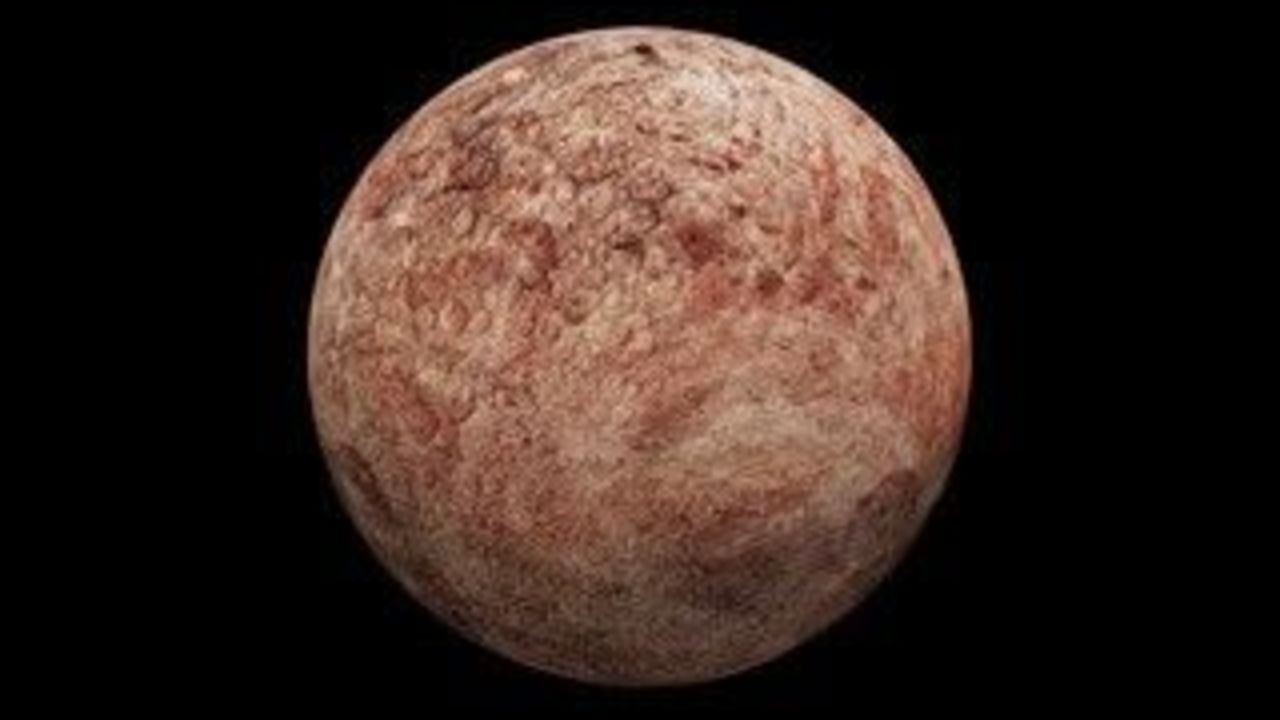Scientists have made a significant discovery on the dwarf planet Makemake, detecting the presence of methane gas. This finding suggests that Makemake, located in the Kuiper Belt beyond Neptune, is an active icy world rather than a static remnant of the solar system. The research was conducted by a team from the Southwest Research Institute (SwRI) using the James Webb Space Telescope (JWST).
Makemake is notable for being one of the largest and brightest objects in the Kuiper Belt, measuring approximately 890 miles (1,430 kilometers) in diameter—about two-thirds the size of Pluto. This discovery makes it only the second trans-Neptunian object, after Pluto, confirmed to have a gas presence.
Significance of Methane Detection
According to Silvia Protopapa, the lead author of a forthcoming paper in The Astrophysical Journal Letters, “The Webb telescope has now revealed that methane is also present in the gas phase above the surface, a finding that makes Makemake even more fascinating.” Protopapa emphasized that the presence of methane indicates ongoing geological or atmospheric activity, stating, “It shows that Makemake is not an inactive remnant of the outer solar system, but a dynamic body where methane ice is still evolving.”
The detection of methane was achieved through JWST’s ability to identify a distinct spectral signature from solar light reflected by methane molecules. Researchers theorize that the methane could result from a thin atmosphere or transient activities, such as sublimation like that seen in comets or possible cryovolcanic eruptions.
Atmospheric Conditions and Future Research
If the detected atmosphere on Makemake is confirmed as a stable feature, it is exceedingly thin, with surface pressure estimated at only 10 picobars, significantly lower than Earth’s atmospheric pressure. The models created by the researchers suggest that methane could be released at rates comparable to the water plumes on Saturn’s moon Enceladus, potentially reaching a few hundred kilograms per second.
Future observations with JWST at higher spectral resolution will be crucial for understanding the source of the methane. Ian Wong, a staff scientist at the Space Telescope Science Institute and co-author of the study, noted, “Future Webb observations at higher spectral resolution will help determine whether the methane arises from a thin bound atmosphere or from plume-like outgassing.”
Earlier studies of Makemake indicated that it lacked a significant atmosphere, but they did not completely dismiss the possibility of a much thinner one existing. The research paper, titled “JWST Detection of Hydrocarbon Ices and Methane Gas on Makemake,” is currently available on the preprint repository arXiv.
The implications of this discovery extend beyond Makemake itself, offering insights into the characteristics and behaviors of other distant celestial bodies. As observations and analyses continue, scientists hope to unravel more of the mysteries surrounding this intriguing dwarf planet and its potential for geological activity.







































































